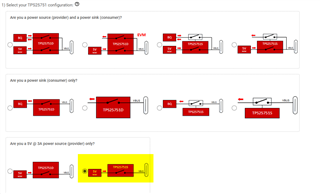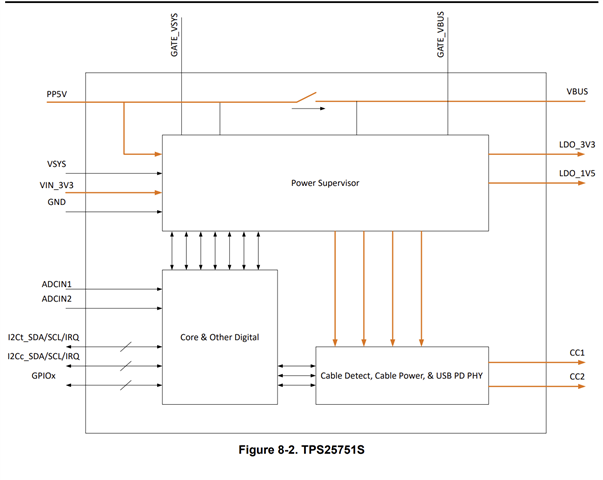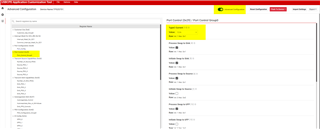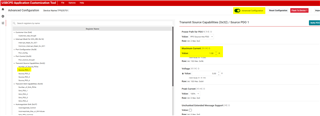Other Parts Discussed in Thread: TPS25751, TUSB422
Tool/software:
Hello, I'm designing a host port, a UFP in terms of data, and would like to charge the connected host device (the DFP) at 1.5A and 5V, but without configuring a controller with SPI or I2C (using set or bootstrap resistors is highly preferable for this application).
I found this part TPS25810RVCT, that allows setting the current limit to 1.5A using CHG & CHG_HI pins pulled low and high to VBUS, and it says it supports dual role USB3.1 and BC1.2 in conjunction with other parts, but also says it is for charging UFP's only?
Can you advise what I need to verify to ensure this part will work in 3.1 PD mode to charge a DFP host device? If there are too many unknowns, can you recommend an alternate part that will for certain work to charge a host device, configurable with bootstrap resistors? Thank you






